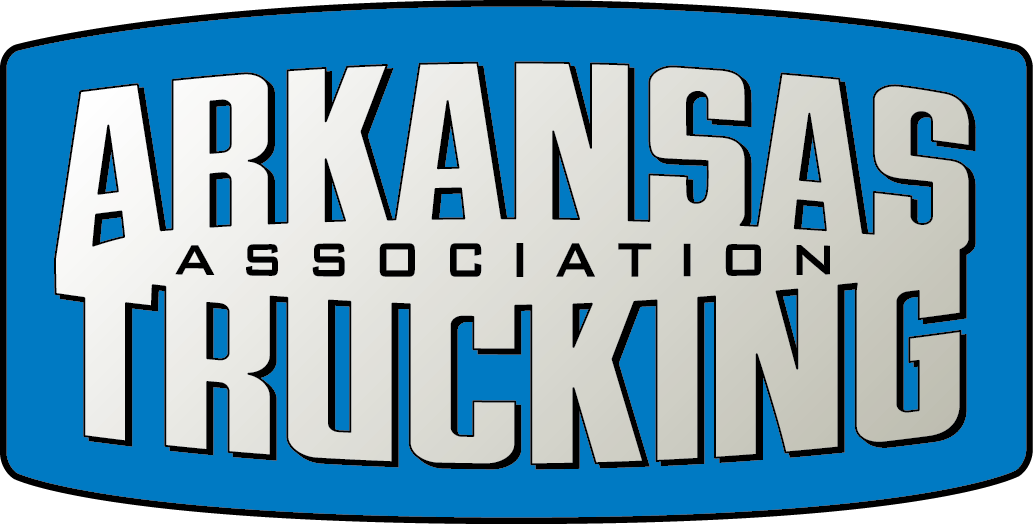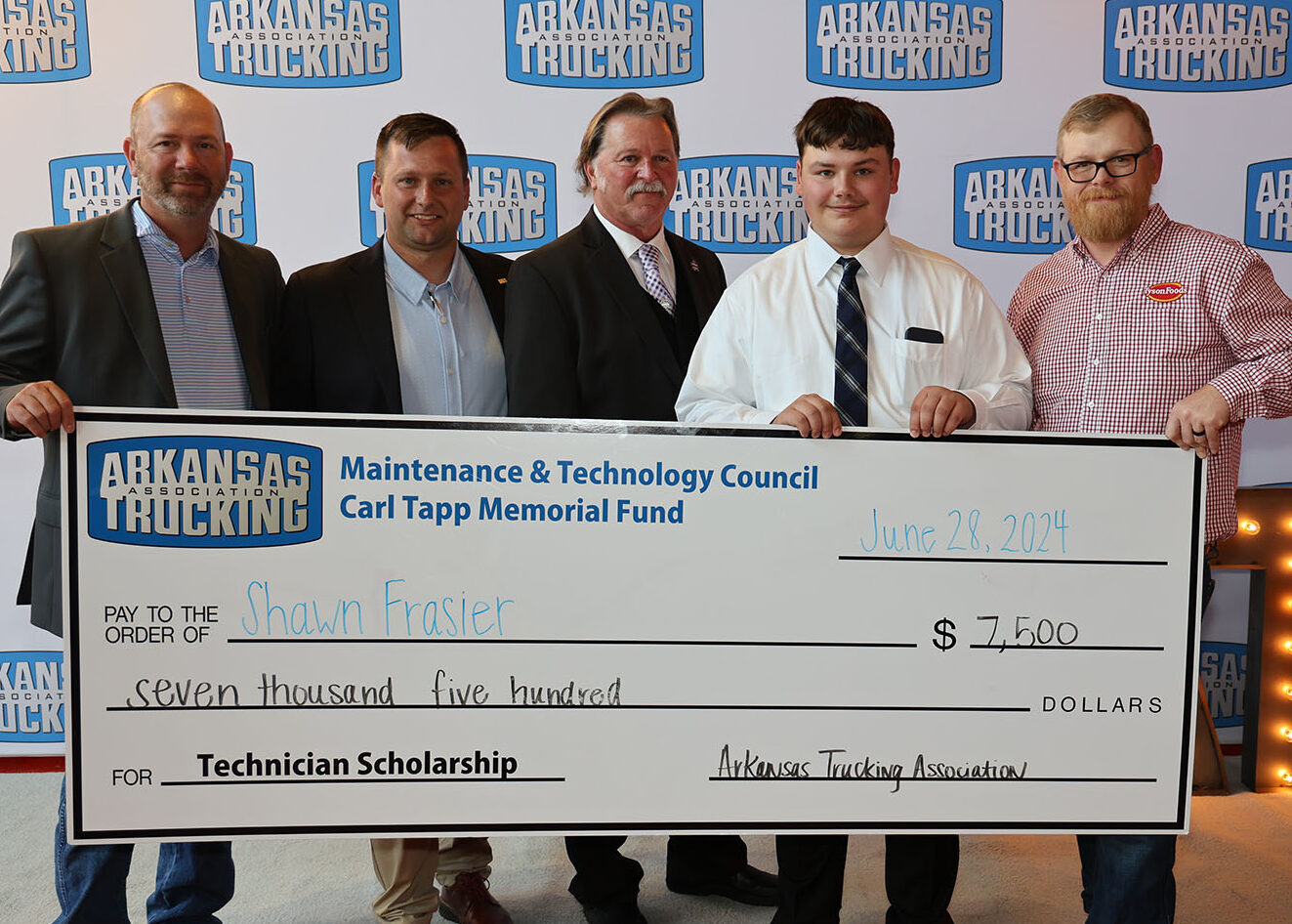Elon Musk published part deux of his “master plan” for Tesla Motors Inc., which includes a future with an integrated solar and battery product, the addition of a pickup, freight truck and bus to its electric vehicle lineup and plans for a ride-sharing business.
Consumers can expect Tesla to look beyond expensive passenger vehicles to public transit and cargo shipping. “In addition to consumer vehicles, there are two other types of electric vehicle needed: heavy-duty trucks and high passenger-density urban transport,” Musk, Tesla’s CEO, wrote in the blog post on July 20. “Both are in the early stages of development at Tesla and should be ready for unveiling next year. We believe the Tesla Semi will deliver a substantial reduction in the cost of cargo transport, while increasing safety and making it really fun to operate.”
Musk’s 10-year-old original master plan, which included funneling money from expensive low volume cars into developing affordable vehicles for the masses and providing solar power, is still an ongoing goal.
As laid out in Musk’s “Secret Tesla Motors Master Plan” in August 2006, Tesla has introduced more affordable electric cars and provided zero-emissions electric-power generation options. Still, Tesla has reported a single quarterly profit along the way, and buyers who paid $1,000 to pre-order the $35,000 Model 3 have been told deliveries will begin in late 2017.
Besides the Tesla Semi truck and the bus, Musk said the company will continue to pursue self-driving technology.
Tesla will face competition in the field of self-driving heavy vehicles from the likes of Mercedes-Benz, which recently tested its autonomous bus along with a 20-kilometer-long route in the Netherlands. Ford has also pledged to mass produce self-driving cars within five years.
“Starting a car company is idiotic and an electric car company is idiocy squared,” Musk wrote in his manifesto. “The point of all this was, and remains, accelerating the advent of sustainable energy, so that we can imagine far into the future and life is still good. That is what ‘sustainable’ means. It’s not some silly, hippy thing — it matters for everyone.”

